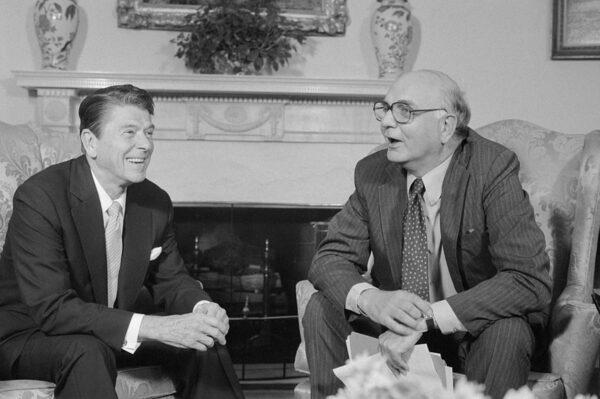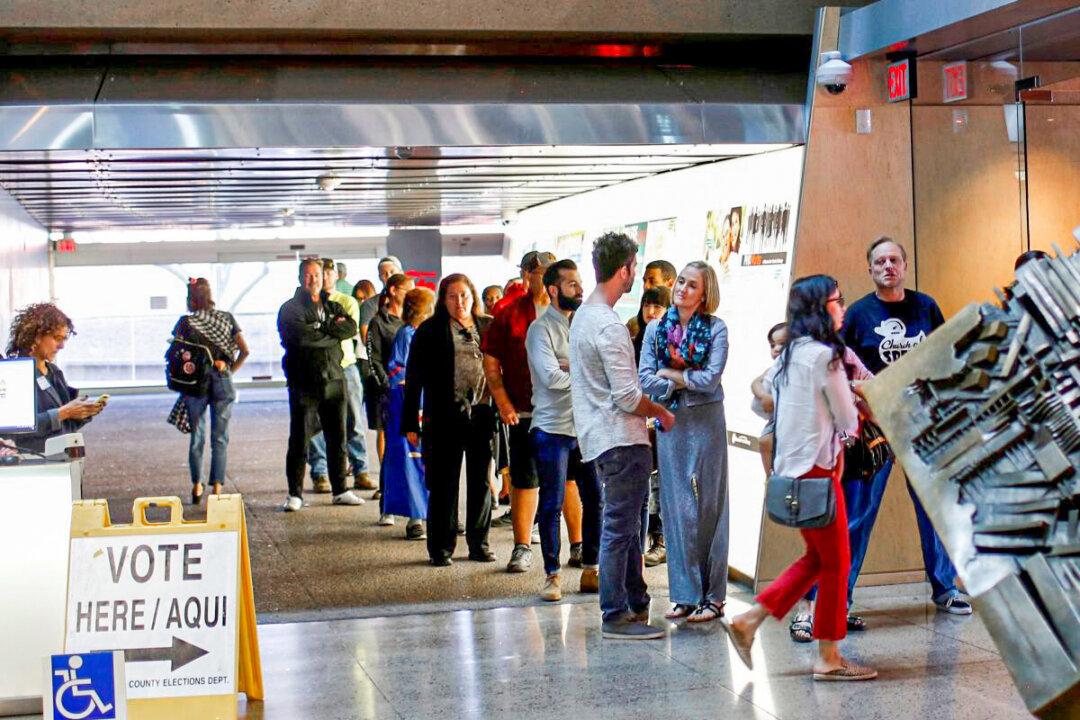Commentary
The 2020 Democrat presidential primary is rounding into shape after nearly a year of campaigning. While some may be surprised that Sen. Bernie Sanders is in the lead and Joe Biden is fading from view, the signs have pointed to that for a long time. The only question now is whether the Democrats not named Bernie Sanders can stop Bernie Sanders.





